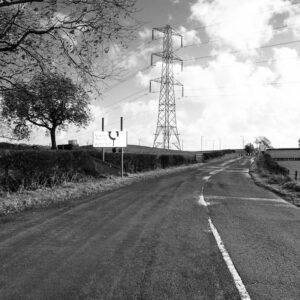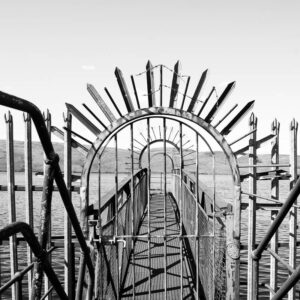


trip four: eyes wide open
This quote from Harry Bell’s Glasgow’s Secret Geometry serves as my compass:
Seng-t’san (d. AD 606)
In brilliant low autumn sunshine I make the journey to the De’il’s Plantin, the Devil’s Plantation, or as it’s rather more prosaically known, Bonnyton Mound, off the Humbie Road, roughly seven miles south of the city between Newton Mearns and Eaglesham. I take with me: a flask of…

trip six: stepford
The compulsion isn’t new. Whether it’s urban exploration, fugueing, psychogeography or – as my mother would say – wandering like a fart in a trance, the urge to explore exerts an irresistible pull. Abandoned lunatic asylums come high on the list, as do decommissioned schools, old churches and cemeteries.
These peripatetic diversions differ from say, the study of local history or archaeology due to their random nature and apparent lack of focus. Unlike in London, where the practice of psychogeography…

trip twenty five: cup and ring
For almost a year now I’ve travelled by bus, car, underground and on foot, cataloguing the oddest corners of Glasgow. I’ve climbed barbed wire fences, walked along the edges of motorways, staggered up hills with my camera kit and sheltered from the rain in more cemeteries than I care to remember. I’ve walked around housing schemes, visited parks and shopping malls, peed on sacred ground, in fields and in woods. I’ve set up my camera in places where murders…

trip thirty two: landranger
I’m nearing the end of my 33 trips, the magic number I set myself in 2007. In that number, I decided, I would bag as many of Harry Bell’s sites as possible in an attempt to prove that the aligned sites of Glasgow and its environs hold the key to a secret geometry. My trusty OS maps – the Landranger 64 and the Explorer 342 – are a bit frayed at the edges. For the last ten days it…